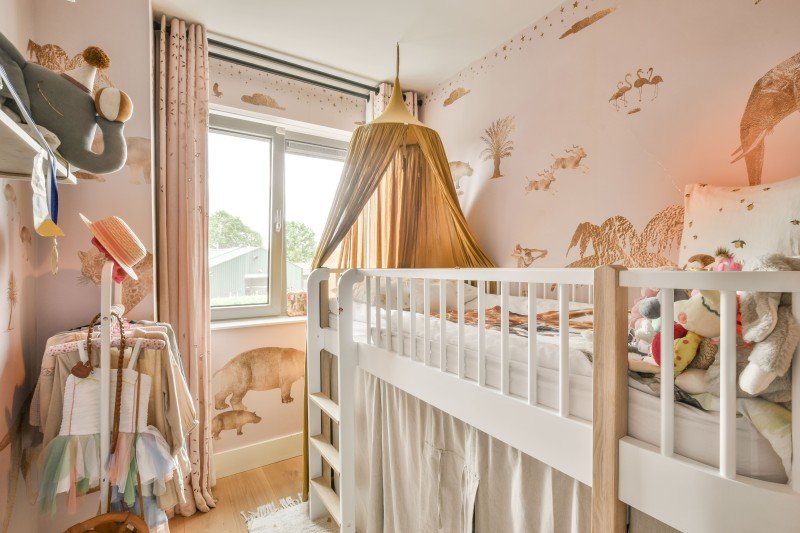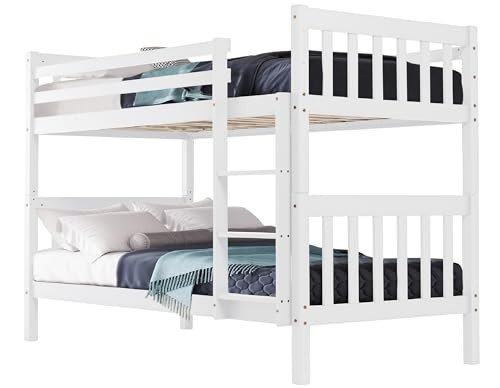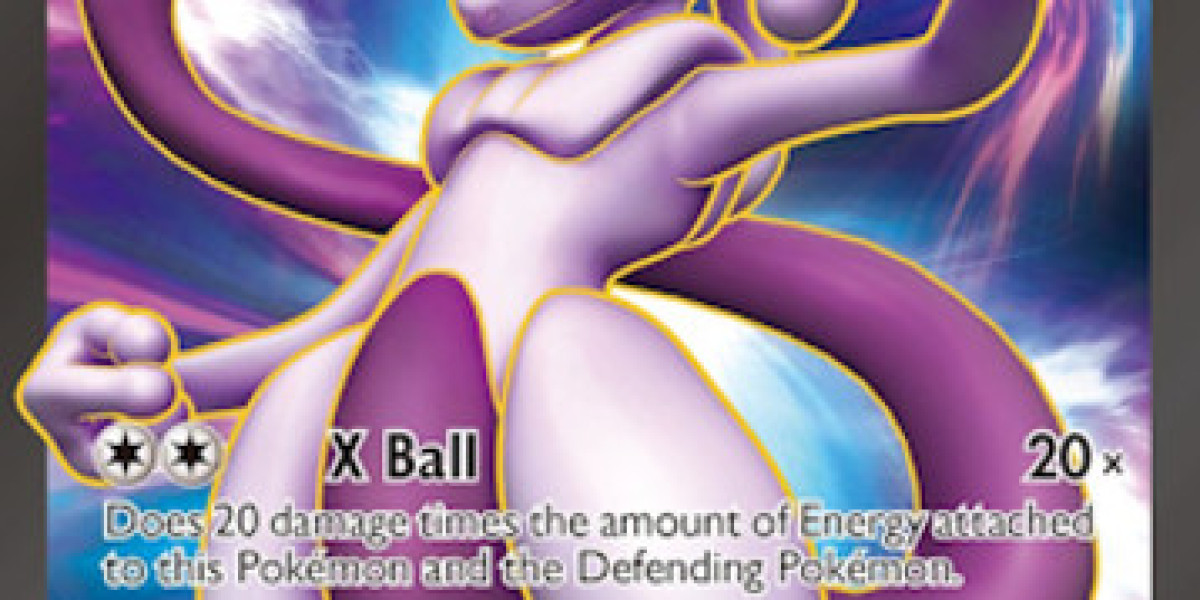The Ultimate Guide to Great Bunk Beds: Maximizing Space and Style
When it pertains to enhancing space, specifically in smaller sized homes or shared bedrooms, bunk beds are an ingenious service that merges function with fun. Whether for children sharing a space or as a clever lodging option in visitor rooms, bunk beds use adaptability, imagination, and performance. This post explores the numerous designs, safety considerations, and often asked concerns about bunk beds, offering a detailed resource for anyone considering this space-saving option.
The Many Styles of Bunk Beds
Bunk beds come in numerous styles and configurations, catering to various tastes and needs. Below is a comprehensive introduction of some popular bunk bed styles:
| Style | Description | Ideal For |
|---|---|---|
| Traditional Bunk Bed | A classic style with 2 twin beds stacked vertically. | Kids' rooms, visitor rooms |
| L-Shaped Bunk Bed | Features an upper bunk straight over a lower bunk at an ideal angle, producing a corner setup. | Spaces with minimal vertical space |
| Loft Bed | Only includes the upper bunk with an open space listed below for a desk, seating area, or storage. | Older kids, little areas |
| Futon Bunk Bed | Combines a full-size futon at the bottom level with a twin bed above. | Multi-functional spaces |
| Triple Bunk Bed | Stacks three beds vertically, makes the most of sleeping space even further. | Big areas with several children |
Benefits of Bunk Beds
Choosing bunk beds can offer a number of advantages, consisting of:
- Space-saving: Perfect for smaller spaces, enabling more space for play or research study.
- Affordable: A single system using two sleeping areas can be more budget friendly than purchasing 2 separate beds.
- Versatile Designs: Available in various designs and products to match various design styles.
- Fun Factor: Kids often enjoy the novelty of sleeping in a bunk bed, including an aspect of excitement to their bed room.
- Motivating Sharing: Bunk beds can promote camaraderie amongst brother or sisters or buddies.
Safety Considerations
While bunk beds are a great choice for maximizing space, security needs to always be a top priority. The following standards can help ensure safe usage:
- Age Appropriateness: Bunk beds are normally created for kids aged six and older. It is important to examine whether they are suitable for the child's age and maturity level.
- Guardrails: Ensure that the upper bunk has guardrails on both sides, avoiding unintentional falls throughout the night.
- Strong Construction: Look for bunk beds made from resilient materials such as strong wood or metal, and guarantee they abide by pertinent safety requirements.
- Ideal Mattress Size: Use the right size bed mattress to avoid spaces that might present a security threat.
- Routine Checks: Periodically examine the bed for any loose screws, missing parts, or wear and tear, and attend to any problems right away.
Picking the Right Bunk Bed
When selecting a bunk bed, consider the following factors:
1. Room Dimensions
Procedure the space to make sure the bunk bed fits conveniently while leaving space for other furnishings and movement.
2. Weight Capacity
Examine the weight limitations of the bunk bed to prevent overloading and ensure durability.
3. Product
Choose between wood, metal, or a combination of both, as they each use different advantages in terms of aesthetic appeals, strength, and maintenance.
4. Design Features
Some bunk beds feature added amenities like built-in drawers, stairs instead of a ladder, and even move attachments for added fun.
5. Assembly Requirements
Consider whether the bunk bed requires complex assembly. Some may come completely assembled, while others might need considerable setup time.
FAQs about Bunk Beds
Q1: Are bunk beds safe for young children?
A1: Bunk beds are generally recommended for kids aged six and older. Make sure safety features like guardrails remain in place and supervise children utilizing the leading bunk.
Q2: How can I make the most of the storage space with bunk beds?
A2: You can pick bunk beds with integrated drawers, or think about positioning storage bins or shelves under the lower bunk to optimize space.
Q3: Can adults use bunk beds?
A3: Yes, adults can utilize bunk beds, specifically those designed with a full-size or queen-size lower bunk. However, be sure to inspect the weight limits and toughness before usage.
Q4: How do I preserve a bunk bed?
A4: Regularly look for loose screws and overall structural integrity. Tidy the bed frame with mild soap and water, preventing harsh chemicals that might harm the finish.

Q5: Can I convert a bunk bed into separate beds?
A5: Many bunk beds are developed to convert into 2 different beds, offering flexibility in how the sleeping arrangements can be utilized over time.
Bunk beds are an excellent service for those requiring to efficiently use space while enhancing the space's design and function. With various designs and configurations offered, it's essential to select a bunk bed that fulfills safety specs and matches the room's aesthetic. By understanding the benefits, security factors to consider, and maintenance requirements, families can make educated choices about integrating great bunk beds (reviews over at Aprylzolnoske) into their homes. Furthermore, the satisfaction kids originate from bunk beds can transform a useful furniture piece into an exciting and valued part of their home.









